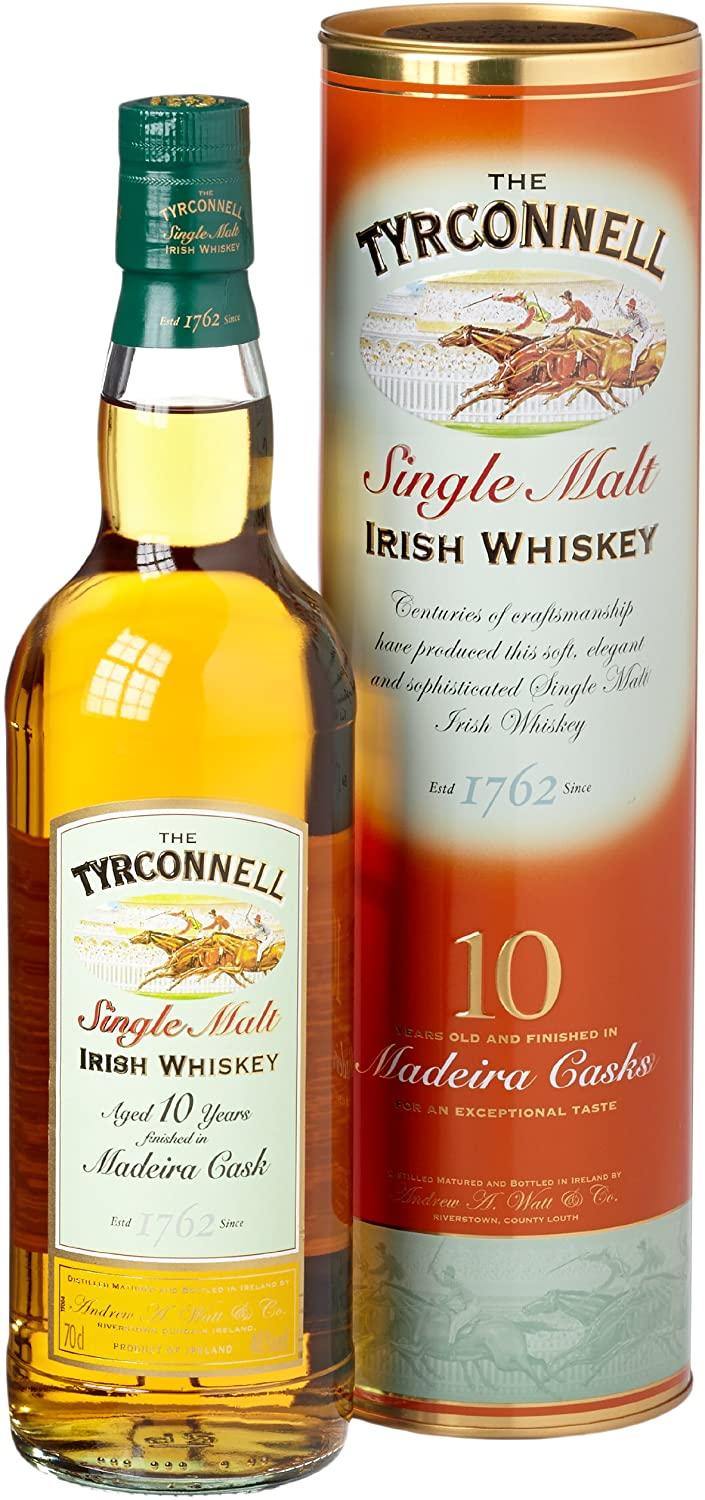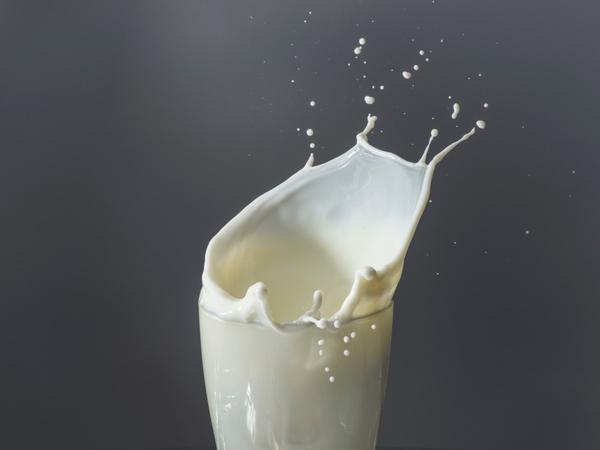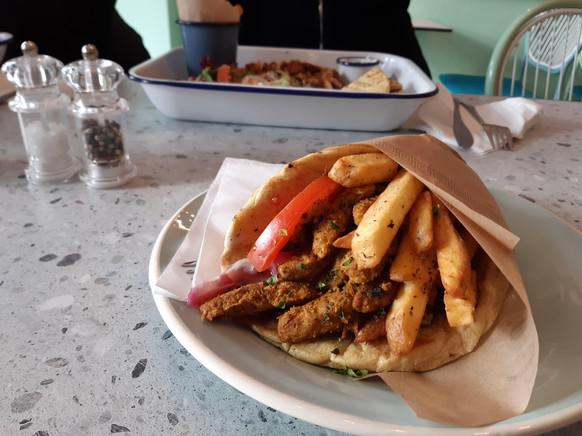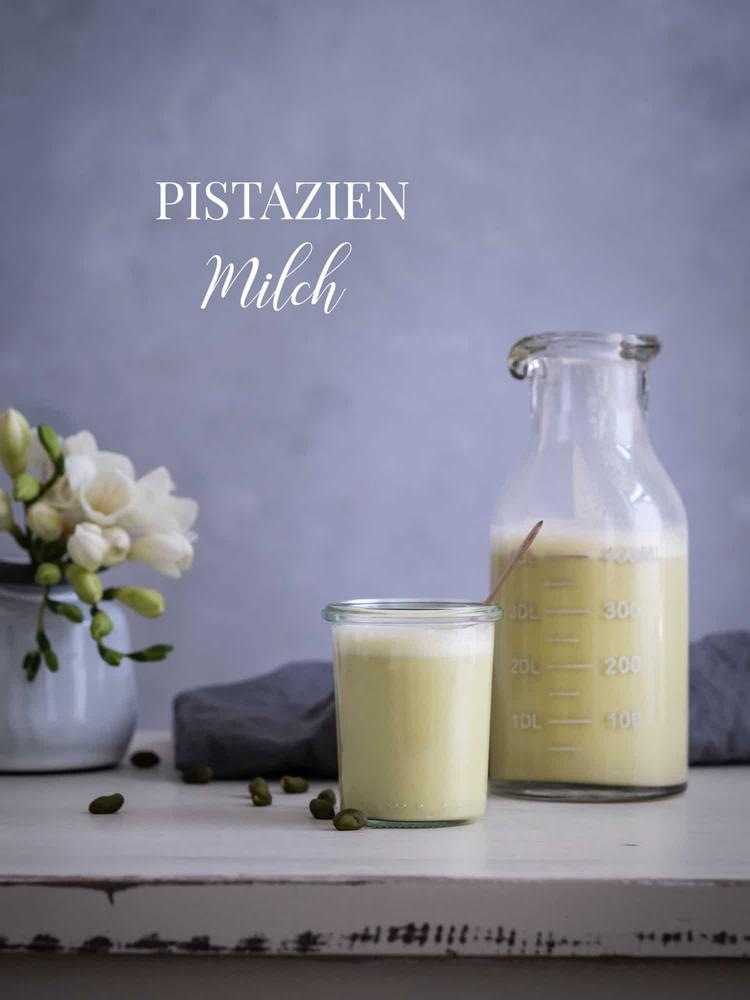
Whiskey, "a too wide field", would probably call Effi Briest's father, who often and quickly became too sensitive: "It is so difficult what to do and leave.This is also a wide field.»A winged expression if it gets a little more complex.Or the fear is not being able to explain a connection sufficiently.
This fear would be completely appropriate in view of an introductory text via whiskey.And whiskey, because it starts.So we talk about the Scottish whiskey without E and the American bourbon, the whiskey.Well, and the Irish, you usually also write with an e.The Canadian, however,.Oh yes, and of course there are also exceptions among the Americans, and they then call themselves all the adversities in spite of whiskey.And like most tricks in different spellings, this is also historical.
Because until the Irish at the beginning of the 20.Century tried to differentiate from the Scots.The Irish packed the demarcation E in the vorn, the Americans adapted it-and the confusion is complete.
But the different spellings are not quite as confused and in vanities, as you would like to mean first.They also provide information on the mode of production and ultimately also on the taste.
Scotch Single Malt: Rauch im Glas
We start where it all started, namely with the Scots.In hardly any other region, such a large aromatic variety of whiskeys are produced in such a little space.The most important regions are the lowlands in the southern part, where the whiskey is light and mild in the aroma;Then there are the Highlands, probably the most impressive part of the country when it comes to producing clichés of lush green and stony hilly width;And the closer it goes towards the coast, the more mineral it becomes.The Speyside region in turn is characterized by its filigree notes in whiskey-which can be distinguished diametrically from the Islay whiskeys.
The island of Islay is the Mecca of all those who are in the glass of the sense of phenol, petrol, rope, salt and smoke.The special thing here: the painted barley is stored for drying over torture, i.e. dried morast, which makes the whiskey smoky, sometimes even greasy or medically tasted.“Laphroaig” has become one of the best -known representatives of this island.Its smoke content is 40 ppm, which means “Parts per million” and indicates the peat content of a Scottish single malts.The smallest Scottish whiskey region is finally Campbeltown, which is not exactly in the focus of the Scottish single malt with just three distilleries.Similar to smaller island distilleries such as Jura or the Isle of Skye, they are characterized above all by salty, slightly smoky whiskeys.Not to mention a fantastic travel destination.
They have the call of the Scotch Single Malt whiskey: painted and distilled barley juice, which was stored and bottled in exactly a Scottish distillery.
Corn Whiskey: Alles anders
If you are more flirting with the corn, you should try the corn whiskey, because it has to consist of at least 80 percent of corn.This usually makes him a extremely sweet, mild matter, especially when you look at products like the "Platte Valley Corn Whiskey", which consists of a hundred percent of corn-mash.Corn whiskey is often not stored at all because the guidelines are different here.However, if it matures, then not as in the case of Bourbon or Rye, namely in fresh coaled barrels, but in used.That makes the whiskey milder and has almost nothing to do with a Scottish single malt.

Single Grain: Hauptsache Getreide
The Irish would be properly angry, the impression would arise, all single malt would come from Scotland - this is by no means so.Single malt only means that the whiskey comes from a distillery and is consistently made of painted barley.
A decidedly Irish type of whiskey production is the single-pot style process, which is also used, among other things, Grain-Whiskey, i.e. unmistaked grain,.The term “grain” is somewhat misleading, since all whisk (e) Ys is made from grain, but in the case of Grain-Whiskey this happens due to painted and unmistaked grain, including corn or wheat.Fortunately, the distilled and barrel-stained “grain” now enjoys a significantly better reputation than once, and so today you can also serve the Grain Whiskey from a nosing glass in Scotland and are happy about the young, spicy and sometimes copper notes.By the way, there is grain whiskey in almost every blend and that's nothing bad.
Because through its manufacture in continuous nuclear bubbles, the so -called Coffey Stills, in which a larger amount is produced in a shorter time, it ensures that some whiskey remains affordable and that many a student can afford a solid bottle of whiskey here and then.A young copy of this genus is the “Nikka Coffey Grain” from Japan.His namesake was not an Irish coffee lover, but Aeneas Coffey, the first patent carrier and designer in question..
Blended Whisky: Viele Möglichkeiten
The blend is cheaper and more logistically flexible than other whiskey types, since it does not have to consist of a distillery or a certain raw material.A blended malt scotch whiskey is a blend of Scottish whiskeys, a blended scotch whiskey a mix of Scottish malt and grain whiskeys and a blended whiskey, yes, it comes somewhere.
It is therefore significantly less tied in shape or content and can therefore keep a solid quality over the years.Because unlike a collector of individual annual fillings of single malts- in which the master blender has to build with very limited means on weather, tide, solid water, grain and barrel quality- the master blend can turn on countless hinges when blend, be itNew single malt, another age or a new warehouse time.The blend has received such a bad reputation next to the single malts in recent years.Because first every whiskey - apart from a single -barrel filling - is married to other barrels.And in addition, Master Blender must first be learned: Master-blender legend Richard Paterson had his first glass at the age of eight, from his father's hands, even blender, but only on the side.
A brand worth mentioning among the blends is «Chivas shelf».If the royal courtyard used to be supplied by Queen Victoria, this blend is one of the few who was consistently on the market in four different age information, as the second largest company Scottish whiskeys.And if you think that he was in Glasgow, without having passed several dozen drunken Scottish middle students along with empty "Chivas" bottles, it was somewhere else.
Rye Whisky: Der Fänger mit Roggen
If you want to get involved in a game of Rye Whiskey - a whiskey that has to consist of at least 51 percent rye -, for example.This consists of a whopping 95 percent of rye.With him there are no longer any questions left over what the difference between a bourbon and a rye distillate is.However, this can be imagined very specifically if you first eat a slice of corn and then a rye bread.Also jack Daniel’s is available as Rye.
Single Barrel: Sammler, aufgefasst!
What the different cereal cups are clearly the same is the name Single Barrel: The single -barrel detection.Both in the United States, in Scotland, Ireland and Japan, collectors keep value on whisk (e) y, which only comes out of a barrel.Because the Master Blender can hardly intervene here, this whiskey (e) s differ greatly from each other.You can say that these whiskers are almost more natural product than the others.If you buy a single -barrel, you usually get the number of the barrel on your bottle.This makes them a very coveted and special gift.
Bourbon:Not macht erfinderisch
Whiskey do you drink from nosing glasses that are swiveled long and devoutly before the first sip?These are wars of faith.Series like “Mad Men” may have taught us that Bourbon - the American whiskey from at least 51 percent corn - is a drink that should be swiveled in tumblers and on ice.Aesthetics remains a question of personal condition and tradition;A fact, on the other hand, is that our tongue perceives the best at room temperature flavors.In addition to corn, the other grain in the American whiskey is usually wheat or rye: the New Make, as the freshly distilled spirit is called, is often stored in the coaled oak barrel.Then he is a straight bourbon.In Scotland it is at least three years.Under the age of ten, this is usually not written on the bottle, but use the single malt for a blend.
Like everyone who has been young, it is in particular Jim Beam and Jack Daniel’s who stand out internationally early.The American whiskey story is lined with prohibitions and civil wars, black distillery and tax laws that are now glorified with the culture of Speakeasy bars.However, it should be said that the diversity of what the whiskey from primarily Kentucky and Tennessee has to show today on a moving history of the early
19.Century goes back when the Scots populated the historic Bourbon County.You should try the "Bulleit Bourbon".He is a darling among bartender and shows how it is possible that whiskey and whiskey are two completely different spirits.Related and yet so far.
Published in







